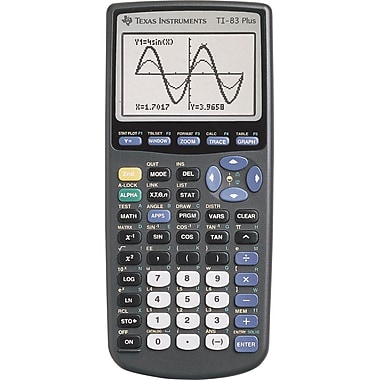Most of my first interactions with technology and education were from highschool. At that time, I remember being quite proud to be a student from my high school which had a considerable amount of digital devices. My school used TVs to display the time, current news and school events. Classrooms all had equipped projectors and computers for use. At that time, our school was considered the new top school in the district, but as time when by, I noticed that our “current advances” were not that uncommon anymore. By Summertime, all the nearby schools had similar setups. That was when I started to realize that the world runs at a faster pace than I previously thought.
The first time I used some form of technology to teach wasn’t for another few years. When I was in University, I had the chance to teach peers as TechBytes Mentor, I taught my peers how to use programs that were commonly used in our Interactive Arts program that was hard to learn. By then, having technology in classrooms was a norm, and it was now a competition as to which classrooms had the more advanced gears. But it wasn’t for another few years that I got to teach Math or Science using technologies, in a classroom. It was during my teaching practicum in Ontario. At that time, K-12 classrooms were equipped with Smartboards and so teachers had to learn how to use the boards. Because I already had some exposure to the boards in University, I didn’t have as much trouble adjusting and learning the system. But I noticed many of the older staff, though had lots of teaching experience, struggled with using the technology to fulfill their needs. It became a situation where it wasn’t the technology helping the teacher teach more effectively, but that the teacher adapting to what functions they know on the boards to teach a bit of what they want.
I know what I mentioned isn’t new, and is a problem we all see, but I wonder how everyone approached this type of problem when it’s faster to only use a few functions of a technology to teach, rather than spend more time learning first.

